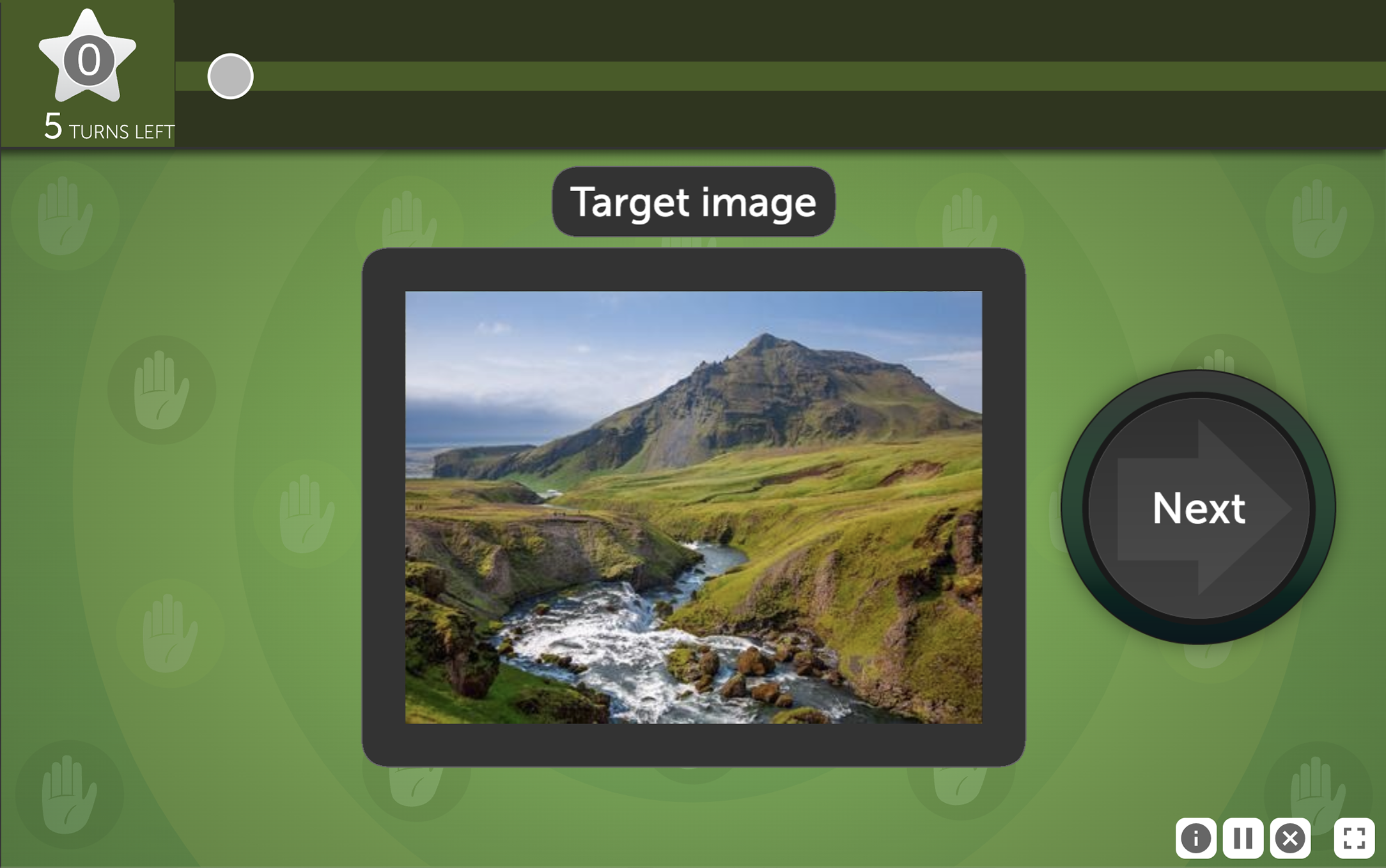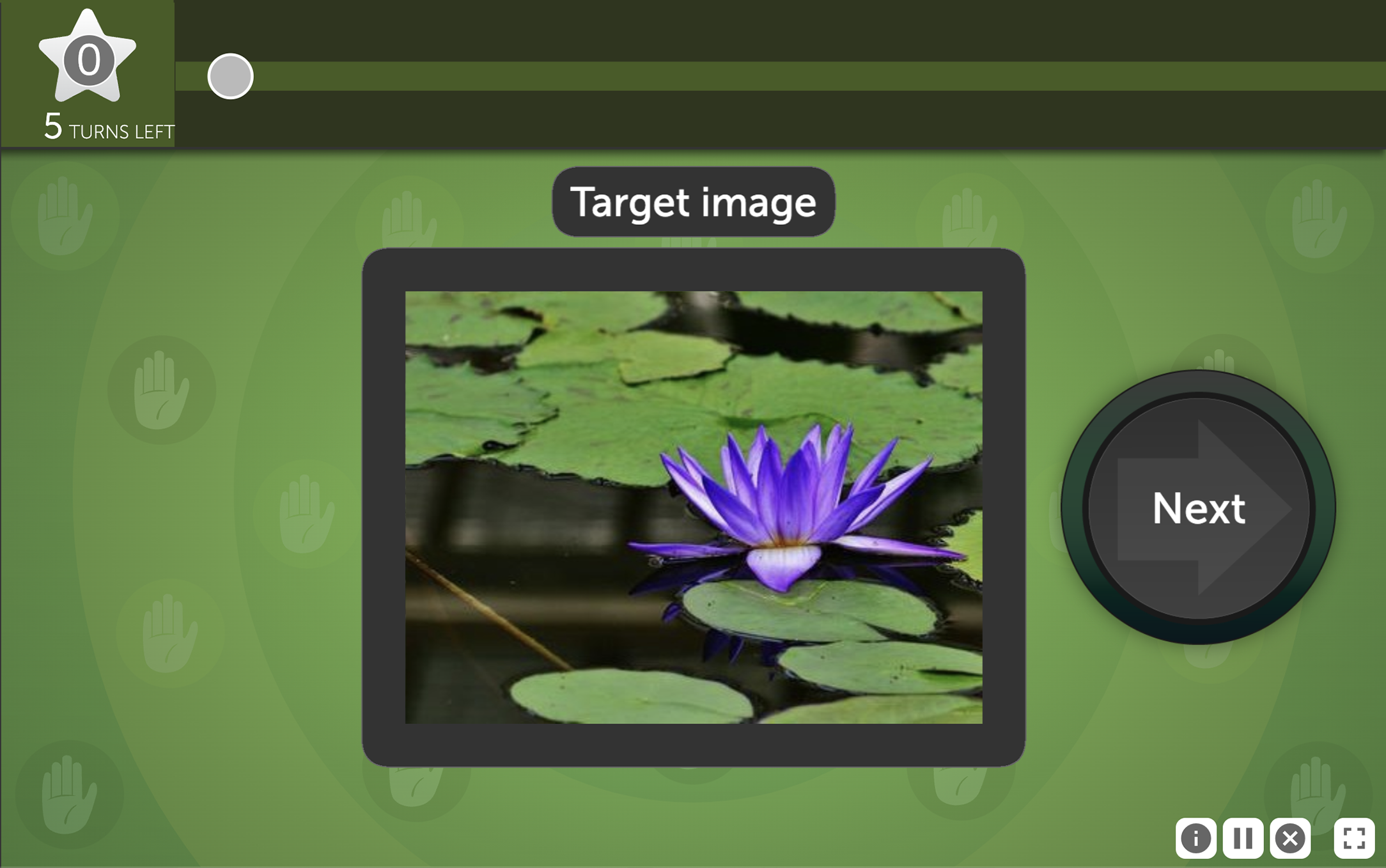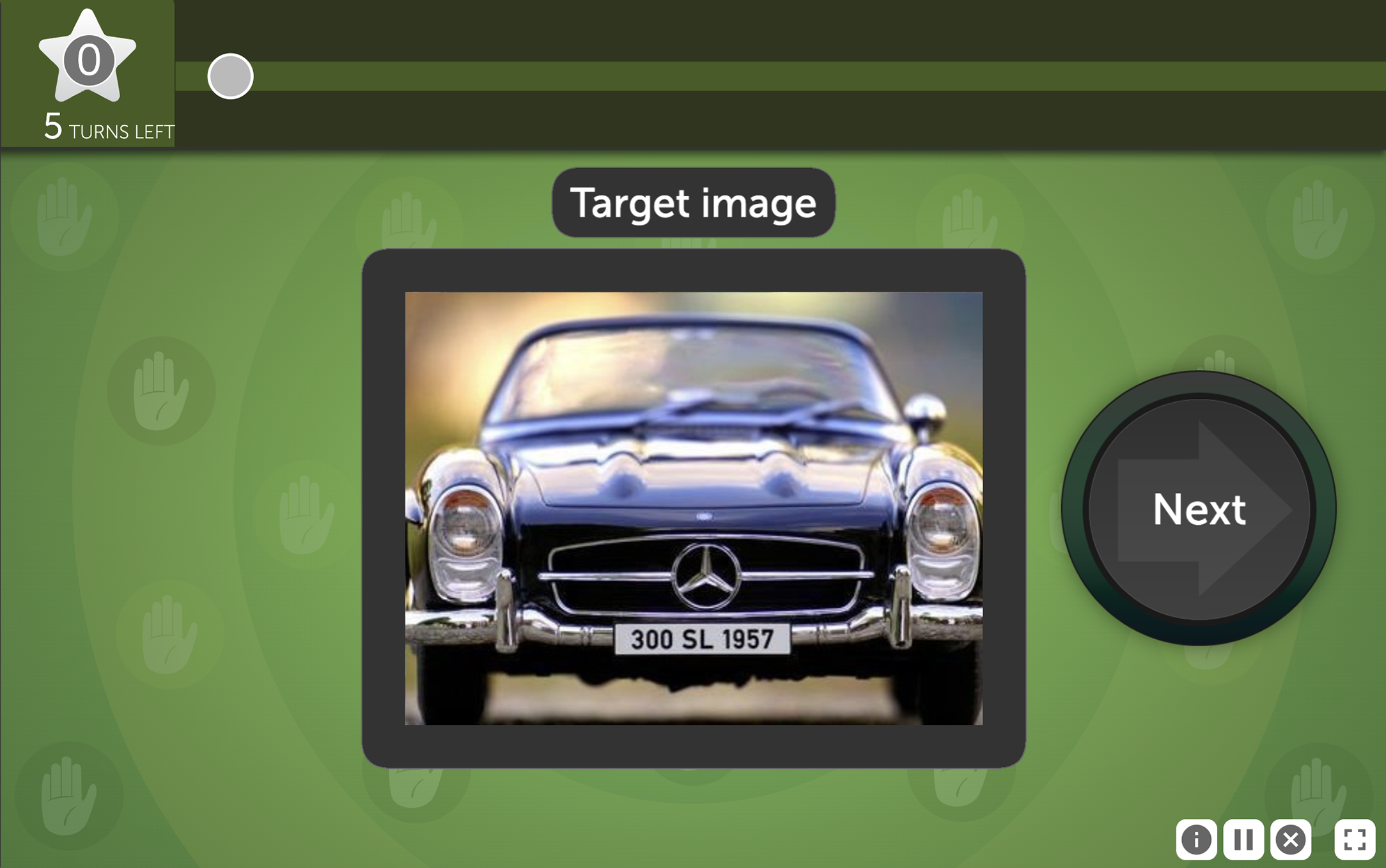 Alertness is a critical facet of attention and focus. Although we don’t often realize it, our level of alertness drives success in things like higher-order reasoning, problem solving, learning, and memory. Studies show that a person’s state of alertness may be one of the qualities that separates underachievers from average and above-average achievers.
Alertness is a critical facet of attention and focus. Although we don’t often realize it, our level of alertness drives success in things like higher-order reasoning, problem solving, learning, and memory. Studies show that a person’s state of alertness may be one of the qualities that separates underachievers from average and above-average achievers.
When we are at the right level of alertness, we may describe the feeling as being “in the zone.” In that mode, we are able to be productive, shift focus, multitask, and perform optimally. This relationship between alertness and these other more complex brain operations is why training the brain to get your alertness “in the zone” is so important in any brain fitness regimen.
Scientists have identified two types of alertness: tonic alertness and phasic alertness. These two alertness measures work in concert to determine your attentional state. Tonic alertness describes your overall level of alertness. It is critically involved in sustaining your focus on something, and provides the “tone” that’s necessary for higher-order cognition. Phasic alertness describes the degree to which you can rapidly shape your responses in a given moment. It’s extremely important for “selective attention”— the ability to pay attention to important things while filtering out unimportant things. Your level of phasic alertness may fluctuate millisecond by millisecond.
Freeze Frame targets both tonic and phasic alertness. It requires the brain to maintain a “relaxed and ready” state of alertness over increasingly longer delay periods. In the exercise, your brain is required to discriminate between target images and distractor images. When you see a distractor—something that is not the target—you press the response key. When you see a target, you have to “freeze,” or prevent yourself from pressing the response key.
This may sound easy, but the longer the delay between the targets, the more likely it is that internal distractions or mind-wandering can trip you up. As you progress in the game, your approach will hone your alertness state to one that’s “in the zone”—relaxed, ready, and engaged. As your tonic and phasic alertness levels get closer to optimal, the exercise adapts to your performance to make it more challenging. This is achieved by making the distractors more frequent and more similar to the target.



